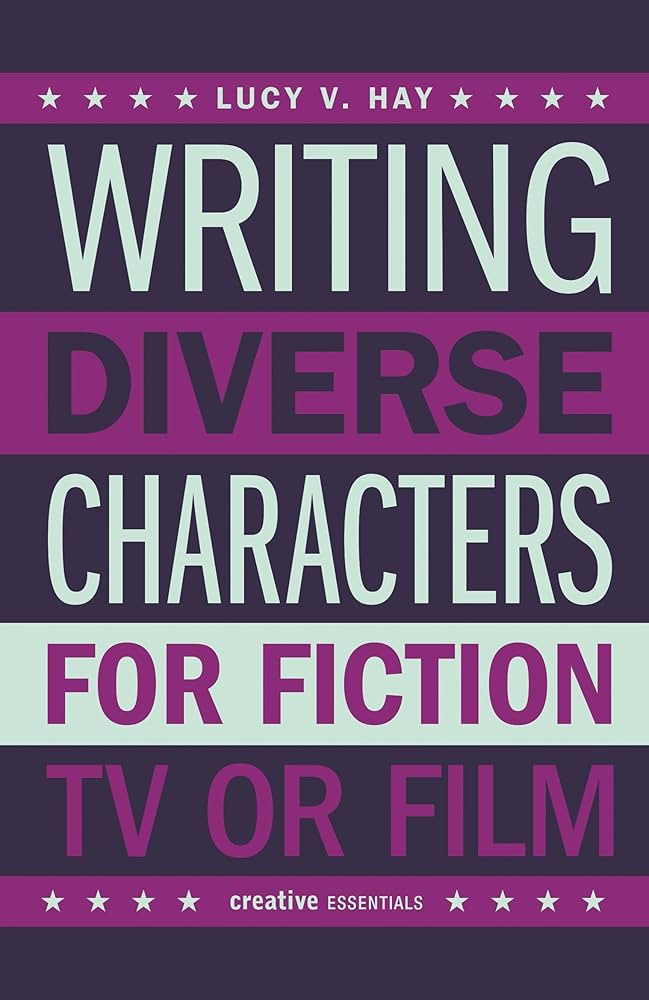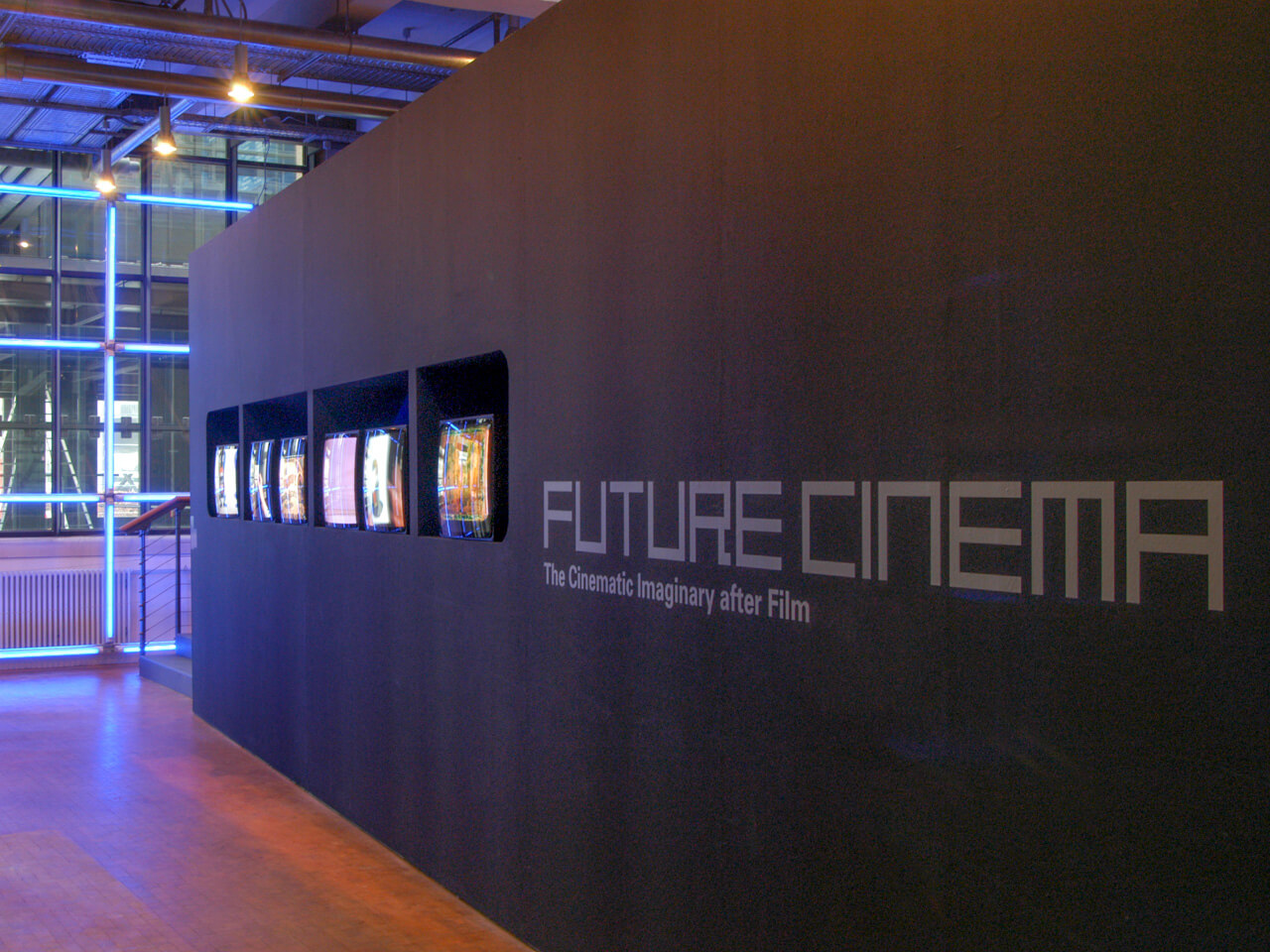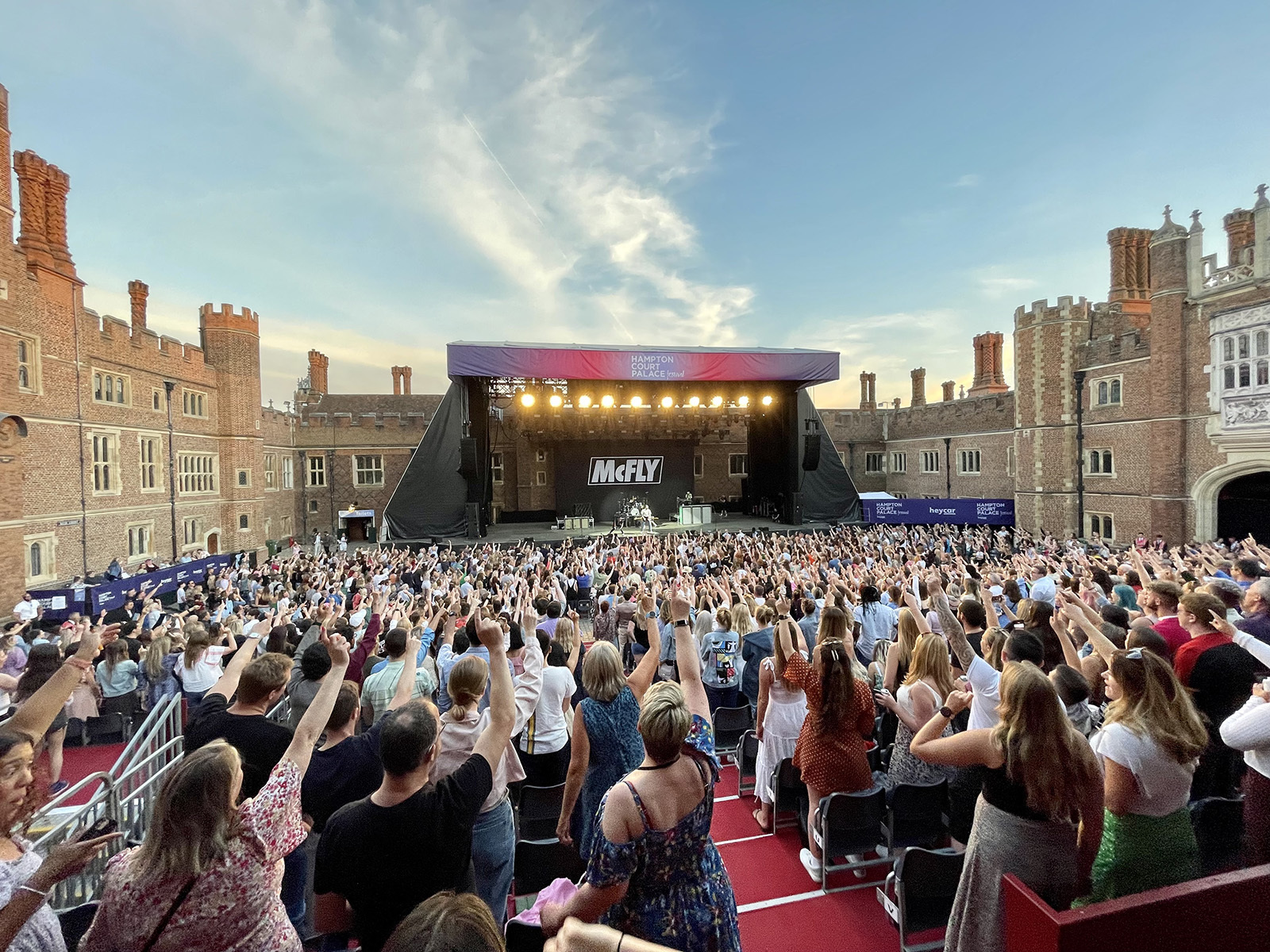
Exploring the Depths of Cinema: A Journey Through Modern Filmmaking
In the ever-evolving landscape of cinema, 2023 has emerged as a groundbreaking year filled with innovation, creativity, and a return to the values of storytelling that resonate deeply with audiences worldwide. As a passionate cinephile, I find myself captivated by the unique voices that are emerging from various corners of the filmmaking universe, reflecting a rich tapestry of cultures and experiences.
The Rise of Indie Films
One of the remarkable trends this year is the resurgence of independent films. Stripped of the shackles of big-budget constraints, indie filmmakers are telling intimate stories that offer a fresh perspective on universal themes. I recently attended a screening of an indie film, and it reminded me of the power of simple storytelling. The film managed to convey profound emotions with a minimalistic approach, relying heavily on character development and relatable narratives. Moments like these are a poignant reminder that sometimes less is more in filmmaking.
 Indie filmmakers are redefining the art of storytelling.
Indie filmmakers are redefining the art of storytelling.
The Technology of Storytelling
As much as I appreciate traditional filmmaking, I can’t help but marvel at how technology is changing the game. From virtual reality experiences to the utilization of artificial intelligence in scriptwriting, the tools available to filmmakers today are revolutionary. Recently, I came across a documentary that explored the use of AI in crafting narratives. It’s astonishing how algorithms can analyze successful plot structures and help screenwriters craft compelling stories. However, while technology offers exciting possibilities, it also raises questions about the authenticity of human creativity in movies.
In my own experience, I find that the best films manage to balance technological advancements with deep, emotional storytelling. For instance, movies like Avatar and Dune have pushed visual storytelling to new heights without losing the narrative thread that connects with audiences on an emotional level. Virtual storytelling is beautiful, but it’s the human experience that captivates us.
Inclusive Storytelling
This year has also marked a significant shift toward inclusivity in films. Many filmmakers are dedicating their craft to highlight underrepresented voices and stories. Increasingly, audiences are clamoring for representation that mirrors the world’s diversity, pushing studios to take on projects that feature multifaceted characters and plotlines.
I recall watching a film directed by a woman who shared her cultural heritage through the lens of her unique experiences. The richness of the story unfolded beautifully, effectively introducing me to traditions and bonds that exist in cultures different from my own. This kind of storytelling enables connections between different audiences, breaking down barriers and fostering understanding. It also reiterates the importance of diverse voices in an increasingly globalized world.
 Films today are reflecting a more diverse world.
Films today are reflecting a more diverse world.
Nostalgia Meets Innovation
Interestingly, nostalgia has played a role in the revival of certain genres this year. Remakes and reboots have garnered both attention and criticism. While some lament the lack of originality, I believe there’s something compelling about revisiting classic stories with a modern twist. It provides an opportunity for new generations to engage with tales that have shaped cinema history. For instance, seeing a beloved character reimagined in today’s context can breathe new life into treasured narratives.
Films like The Lion King and Ghostbusters: Afterlife showcase how nostalgia can pave the way for innovation. Through these films, filmmakers remind us that while the roots of storytelling are vital, reframing these narratives can reveal modern truths and perspectives.
Conclusion: The Future of Film
As I reflect on the richness of this year’s cinematic offerings, I find hope for the future of film. The blend of traditional storytelling, the incorporation of innovative technology, a push for inclusivity, and the balance of nostalgia with fresh ideas prove that cinema is alive and well.
As we move forward, it’s crucial for audiences to continue supporting filmmakers who dare to challenge the status quo. Our voices matter, and collectively, we can influence the types of stories that are told on screen. After all, cinema mirrors the society that creates it. Let’s ensure it reflects a vibrant and diverse palette of experiences that resonate universally with those who choose to watch.
 The future of cinema is bright with endless possibilities.
The future of cinema is bright with endless possibilities.
In the coming months, I’m eager to see what other films will captivate us and push the boundaries of what we understand as ‘cinema.’ The journey has only just begun—let’s embrace this evolution, one film at a time.















